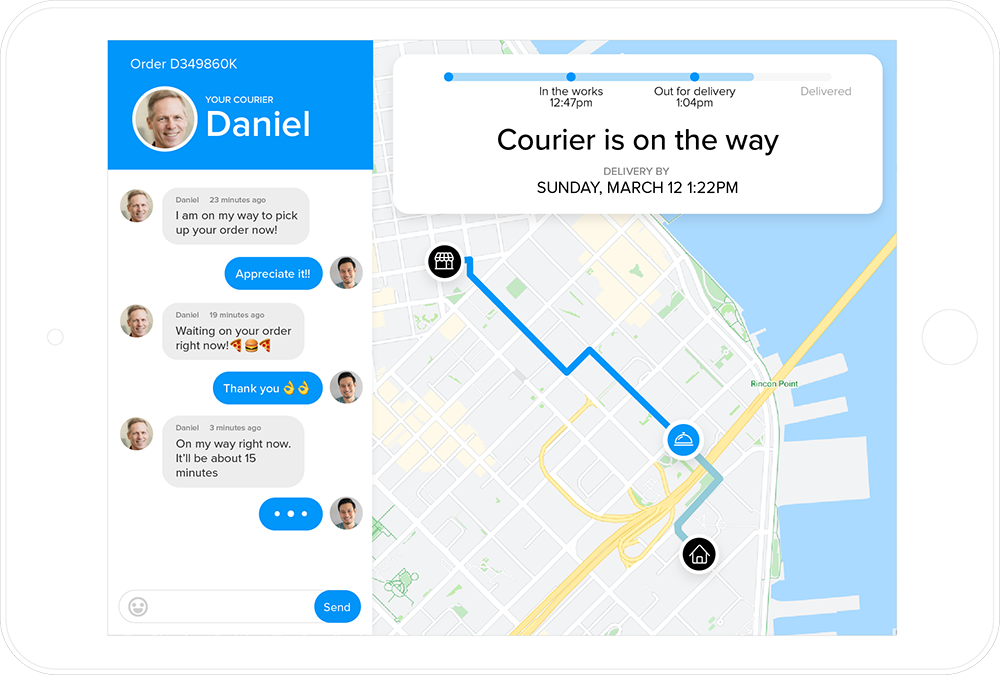What is Unity?
Unity is a powerful cross-platform game development engine that creates interactive 3D and 2D content. It facilitates developers in designing, simulating, and rendering a diverse range of gaming environments and experiences. Unity's flexibility makes it compatible with various platforms, including Windows, MacOS, Linux, iOS, Android, and more. The engine supports C# and UnityScript, a language similar to JavaScript, for scripting purposes.
How does Unity work?
Unity employs a robust engine to render graphics, simulate physics, and manage animations. It follows a component-based architecture, encouraging developers to build game entities as combinations of individual, reusable components. Each component represents a specific feature or functionality, such as rendering a sprite, applying forces, or playing sounds. Unity operates on the "Entity Component System" (ECS), which is a pattern equipped to handle high-performance simulations.
Developers interact with the Unity engine through its fully integrated development environment (IDE), which provides a visual editor, script editor, and a wealth of debugging tools. The visual scene editor allows creators to layout scenes, position game objects, and adjust properties visually, while the script editor allows for the creation of game logic.
Moreover, Unity boasts many services for game monetization, player networking, and analytics.
Use Cases
Unity has gained recognition beyond gaming, finding applications in several other areas. Here are a few noteworthy use cases:
Virtual Reality (VR) and Augmented Reality (AR) Development: Unity has become one of the go-to platforms for VR and AR development. Given its engine performance and ability to export to multiple platforms, it's widely used to create immersive experiences that enhance several industries, including education, healthcare, and real estate.
Automotive, Transportation, and Manufacturing: Unity is used in these sectors for simulation, modelling, and visualization projects. These projects range from simulating the efficiency of a production line to conceptualizing a new vehicle model in an interactive 3D environment.
Film, Animation, and Cinematics: Unity's powerful rendering capabilities are also used to create animated movies and visually intensive cinematics. Developers can map out scenes, apply animations, and render complete short films in the Unity environment.
Architecture, Engineering, and Construction: Professionals in these fields utilize Unity to create accurate 3D simulations and visualizations of architectural projects and construction plans. This aids in exploring design concepts, presenting proposals and detecting potential issues ahead of actual construction.
Integration with PubNub
Integrating real-time communication and networking capabilities is essential for developers building multiplayer games or interactive applications with Unity. Here’s where PubNub comes into play.
PubNub is a Data Stream Network (DSN) and real-time infrastructure-as-a-service (IaaS) provider that enables developers to build and scale real-time apps easily. With its powerful publish/subscribe messaging model, PubNub facilitates data transmission at a massive scale and low latency, making it well-suited for interactive gaming, live-action events, and collaborative initiatives.
Developers can harness the power of PubNub with Unity to enhance their applications in various ways:
Multiplayer Gaming: Enable real-time multiplayer experiences with high-speed messaging.
In-Game Chat: Incorporate real-time chat functionalities within the game for better player interaction.
The PubNub Unity SDK makes integrating PubNub straightforward for Unity developers. The SDK simplifies adding real-time messaging capabilities to games and applications built in Unity. It supports a wide array of Unity platforms, including iOS, Android, Web, and standalone Windows and Mac OS applications.
Visit the Gaming Solutions or follow our Unity Developer Path to learn more about integrating PubNub into your Unity projects and accessing the SDK.
